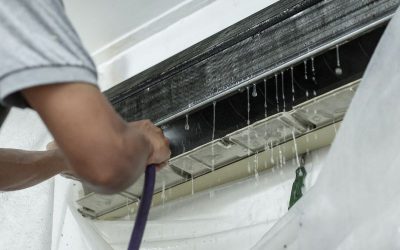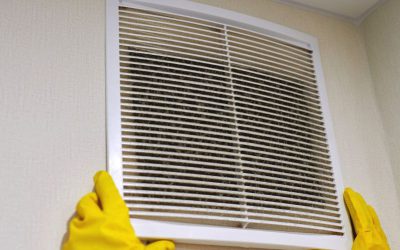Replacing your AC and furnace at the same time may seem costly initially, but it can save you money in the long run. Doing so ensures that the two systems are compatible, increasing their efficiency and lifespan. Additionally, you may be able to take advantage of discounts and promotions offered by manufacturers and contractors. However, be sure to consult with a professional to assess the condition of your current systems and determine if replacing both is necessary.

Wyatt Peterson
What Causes AC To Stop Working?
AC not working can be caused by various factors like dirty air filters, low refrigerant levels, faulty thermostats, or electrical issues. Regular maintenance and prompt repairs can help prevent AC failure and keep it running smoothly. Contact a professional if you’re unsure of the cause or need a repair.
How Does An Erv Work?
An Energy Recovery Ventilator (ERV) is a device that improves air quality by exchanging stale indoor air for fresh outdoor air while maintaining the temperature and humidity levels inside. ERVs work by transferring heat and moisture from one airstream to another, which saves energy and money by reducing the amount of heating or cooling needed. Overall, ERVs are a simple but effective way to improve indoor air quality and energy efficiency.
How a Ceiling Fan Works?
Ceiling fans are a popular and energy-efficient way to cool a room. They work by using a motor to spin blades mounted on a central hub. As the blades move through the air, they create a downdraft that can give the sensation of up to 10 degrees of cooling. Some fans also have a reverse mode that can be used to circulate warm air in the winter. Overall, ceiling fans are a great way to stay comfortable and save money on energy bills.
Can Geothermal Be Renewed?
Geothermal energy is often touted as a renewable energy source, but the question remains whether it can truly be renewed. While geothermal reservoirs can be depleted over time, technological advancements have allowed for the development of enhanced geothermal systems (EGS) that can tap into previously uninhabitable areas and renew existing resources. However, the viability of EGS depends on factors such as location, cost, and environmental impact.
How Many Watts Does a Window AC Use?
Window AC units typically range from 500 to 1,500 watts with an average of 1,000 watts for a standard unit. Factors such as the size of the unit, room size, and energy efficiency rating can affect the wattage usage. It is important to consider the estimated energy costs before purchasing a window AC.






